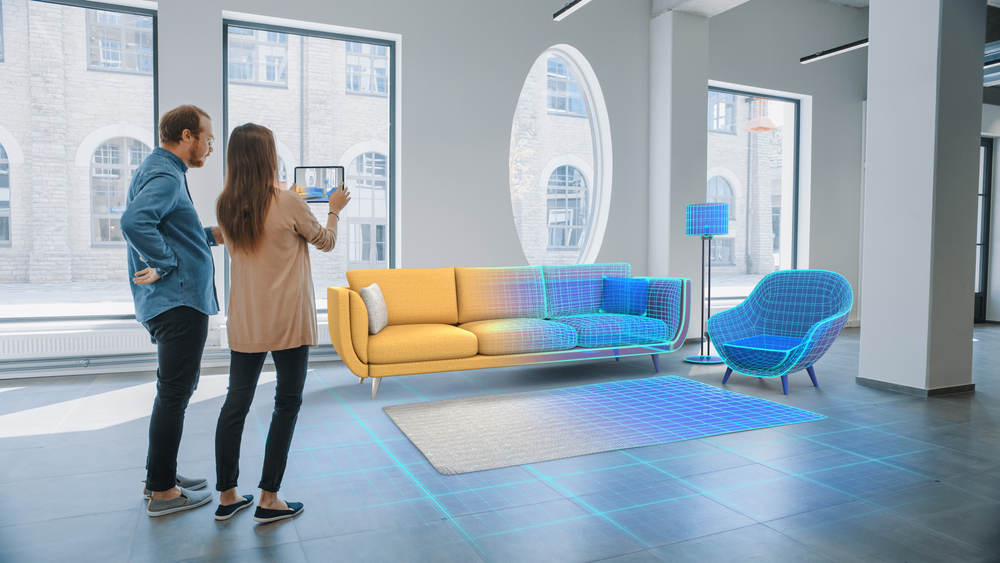Augmented reality is an incredibly exciting development within the tech space. If you’re not familiar with this technology, it essentially refers to methods by which cameras and other tech can add elements into a real space; by using your smartphone camera, for instance, you can “see” a character or an object that doesn’t really exist.
Games like Pokemon Go work on this principle, so if you’ve played and enjoyed that, then you’ve already seen the beginning of what AR has to offer. Of course, the advertising world hasn’t been idle when it comes to augmented reality either; the possibilities of AR advertising are limitless, and campaigns using this tech have already begun in earnest. Here are some of our favourite examples of augmented reality advertising!
Pokemon Go
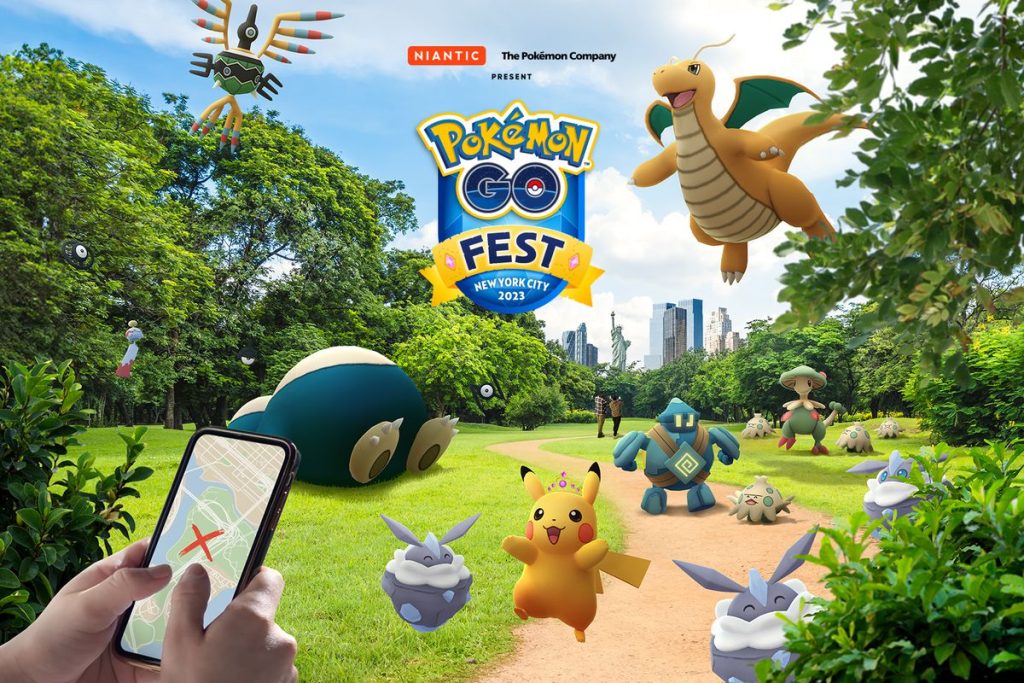
Let’s begin with the example we just gave, shall we? Although Pokemon Go is a game in its own right, it’s also an excellent advertisement for the Pokemon brand, which remains, as far as we know, the highest-grossing media franchise in the world.
By using your camera, you can scan for Pokemon around you; they might appear on the street in front of you, for instance, or inside a library where you’re studying. You can then catch them, use them to help you conquer Gyms for extra resources, and even battle them if you want.
Snap’s “City Painter” campaign
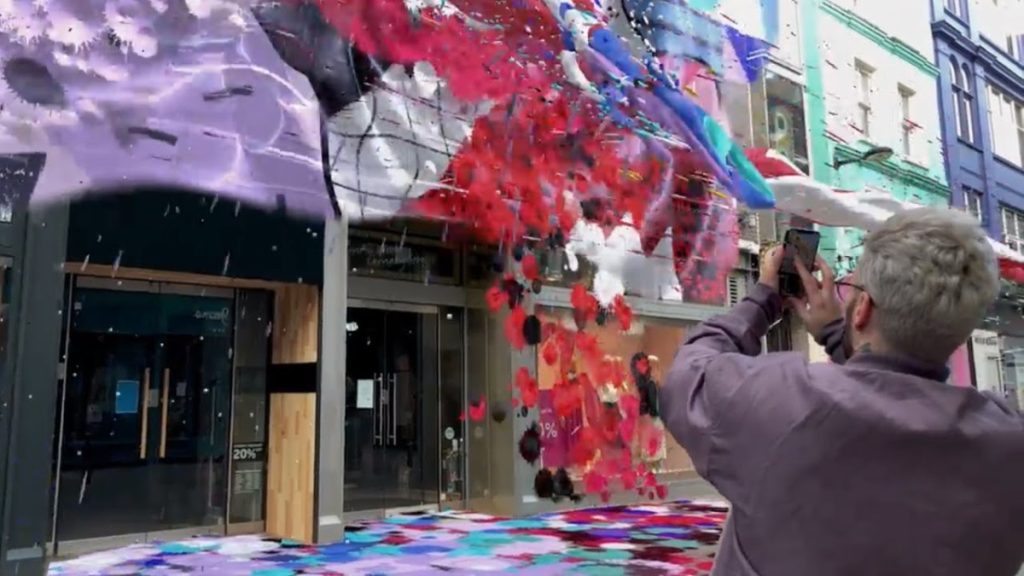
In October 2020, Snapchat parent company Snap introduced an AR advertising campaign by the name of City Painter. This campaign challenged participants to use their cameras in order to paint certain areas in London’s Carnaby Street, thereby creating a new shared-world experience.
This was the first of what Snap would call Local Lenses, a system the company would go on to adopt for its own AR initiative. City Painter was a fun, interactive way to get Snapchat users involved with AR, and a great way to teach them how the tech works as well.
StubHub’s Super Bowl experience
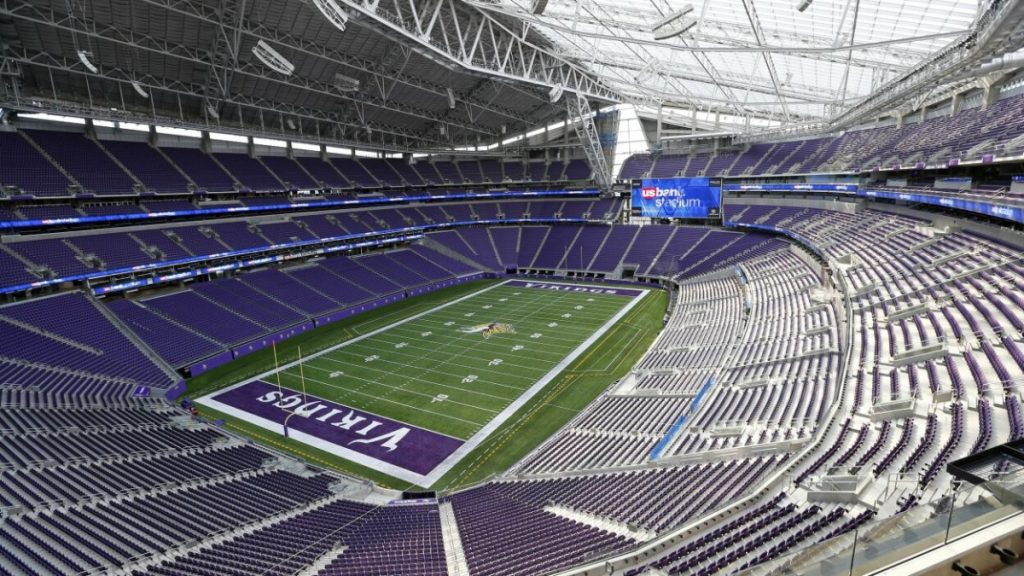
Technically speaking, this isn’t an advertising campaign, but we love the way StubHub used augmented reality to enhance the user experience, so we’re going to include it anyway. StubHub is a ticket site, and in 2018, it was selling tickets to the Super Bowl, which, if you’re unfamiliar, is one of the most popular sporting events in the world.
In order to ensure that ticket-buyers knew what they were getting into ahead of time and weren’t disappointed, StubHub introduced an AR 3D model of the stadium in which the Super Bowl was taking place. This enabled customers to see where they would be sitting and what they’d be able to see from the seat they were purchasing.
The Mandalorian
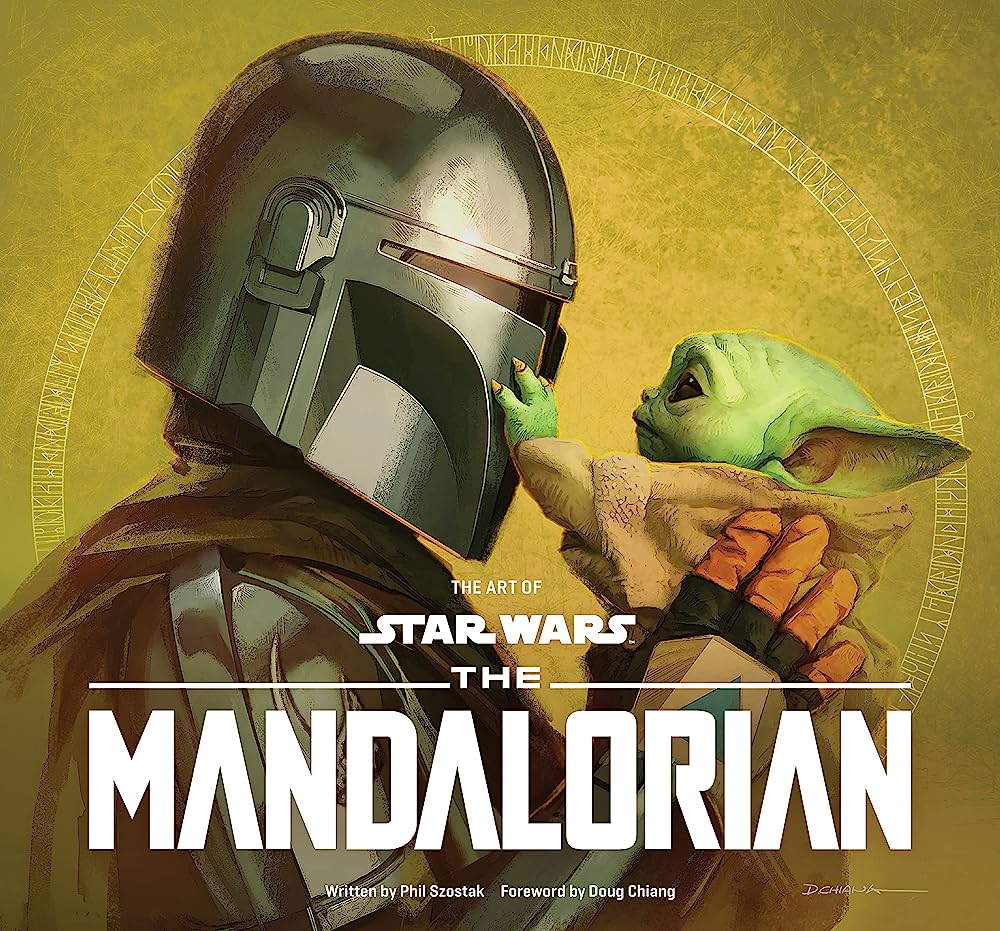
Critics and fans were divided on the merits (or otherwise) of the recent Star Wars sequel trilogy, but Disney’s The Mandalorian has proven a runaway hit, thanks in large part to its characters. Din Djarin, Grogu, and their supporting cast of lovable rogues have made audiences fall in love with them, and so to promote The Mandalorian’s second season, Lucasfilm and Disney created an augmented reality campaign that would bring the characters one step closer to their fans.
Using your smartphone camera, you could add The Mandalorian characters to your environment. They came complete with weather effects, too, so you could immerse yourself in the show’s world and pretend you were right there on Din and Grogu’s latest adventure. You could then take snapshots of those moments and show your buddies what you were up to.
IKEA Place
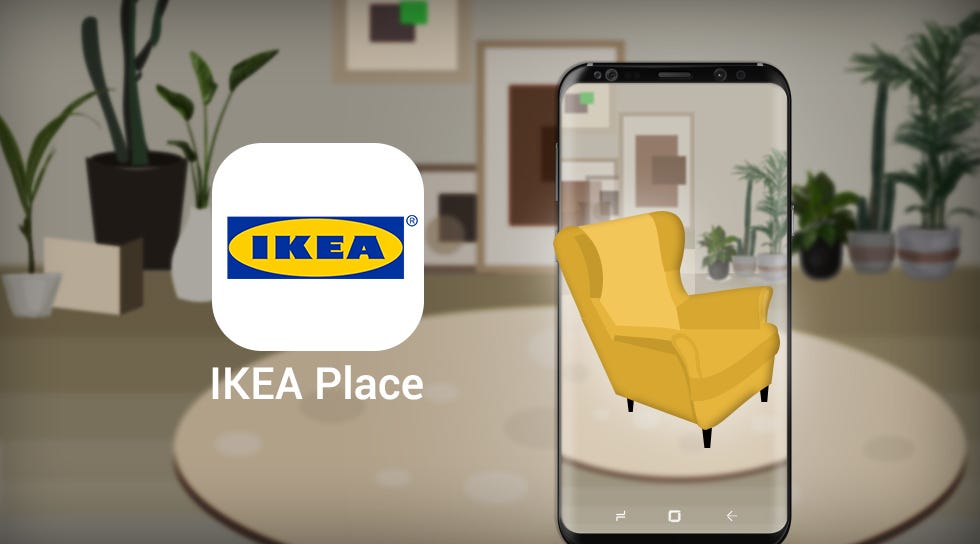
Did you know it’s pronounced “ee-kay-uh” and not “eye-key-uh”? Well, pronunciation aside, IKEA Place is one of the best examples of organic augmented reality advertising we’ve seen. When you’re buying furniture, what’s the one thing you want to be able to do? Visualise what it would look like in the space you’re putting it in, right?
That’s exactly what IKEA Place, which is currently only available on the iOS App Store, allows you to do. By using this app, you can add certain pieces of IKEA furniture to any space, allowing you to get a real idea of what that furniture would look like if you purchased it. This way, you can avoid any embarrassing mismatches or poor purchasing decisions.
Adidas try-on app
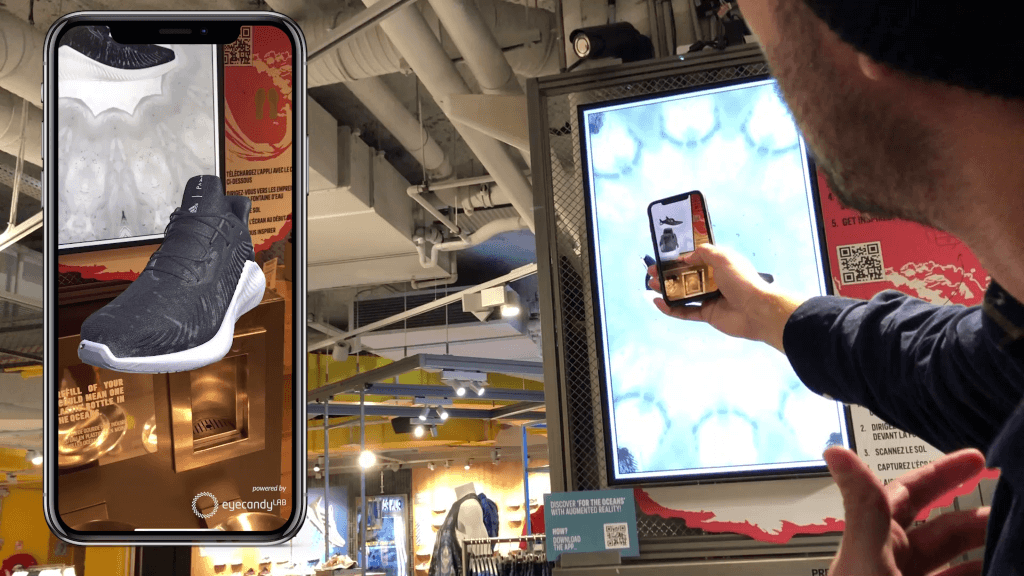
Just like furniture, it’s important to know what shoes are going to look like before you buy them. In 2019, Adidas introduced a brand new AR feature into its try-on app, allowing you to add whatever pair of Adidas trainers you were looking at to your feet without needing to actually go into a store and try them on.
The genius of this feature was that you could use it whether or not you were wearing shoes, which meant that you could easily try shoes on from the comfort of your own home or even when you were out and about. It’s easy to see how this could make purchasing decisions for trainers much, much easier for customers.
Pepsi’s bus shelter
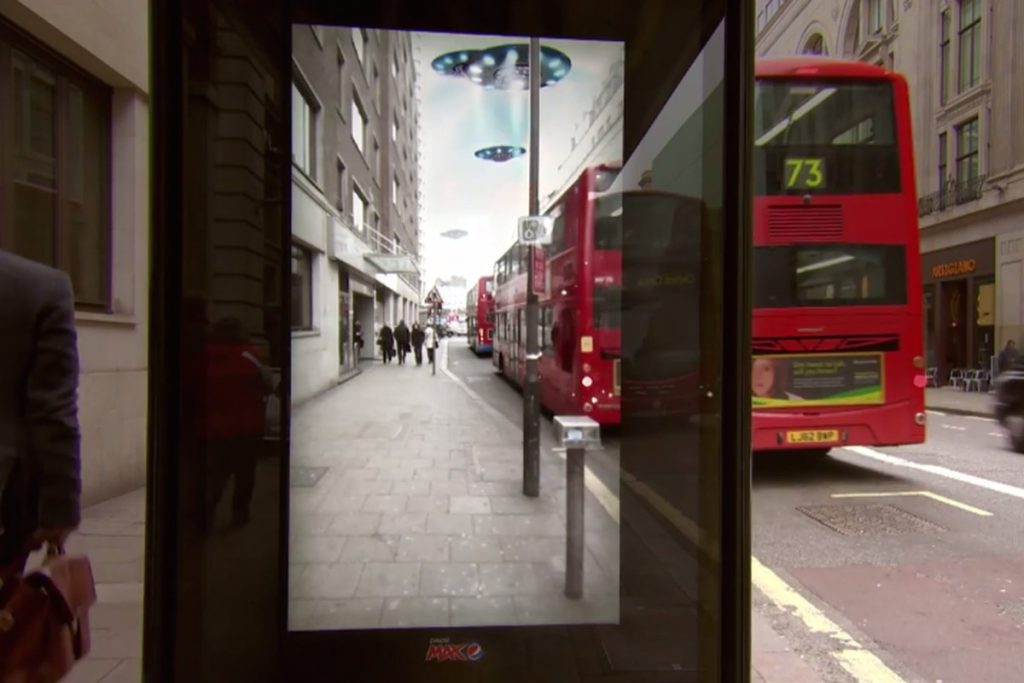
Last but not least, if you walked down London’s Oxford Street in 2014, then you might well have seen this ingenious creation by Pepsi. The soft drink company hijacked a bus stop and built an augmented reality display into one of its sides, allowing for all kinds of crazy scenes.
Waiting at the stop, you might see a UFO flying overhead and abducting a hapless pedestrian, or you might see a massive robot careering towards you at high speed. This is a great example of how to implement a creative AR ad campaign that isn’t necessarily directly tied into your brand, but that increases awareness and impacts reputation nonetheless.

